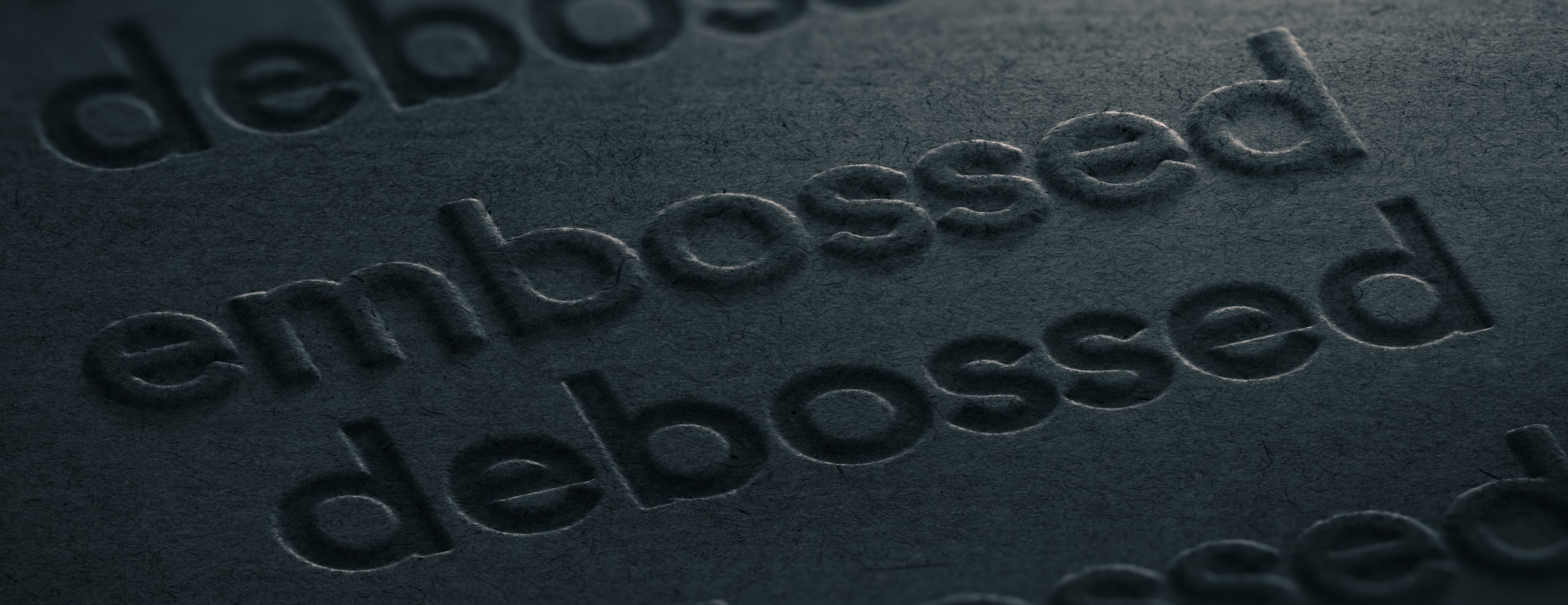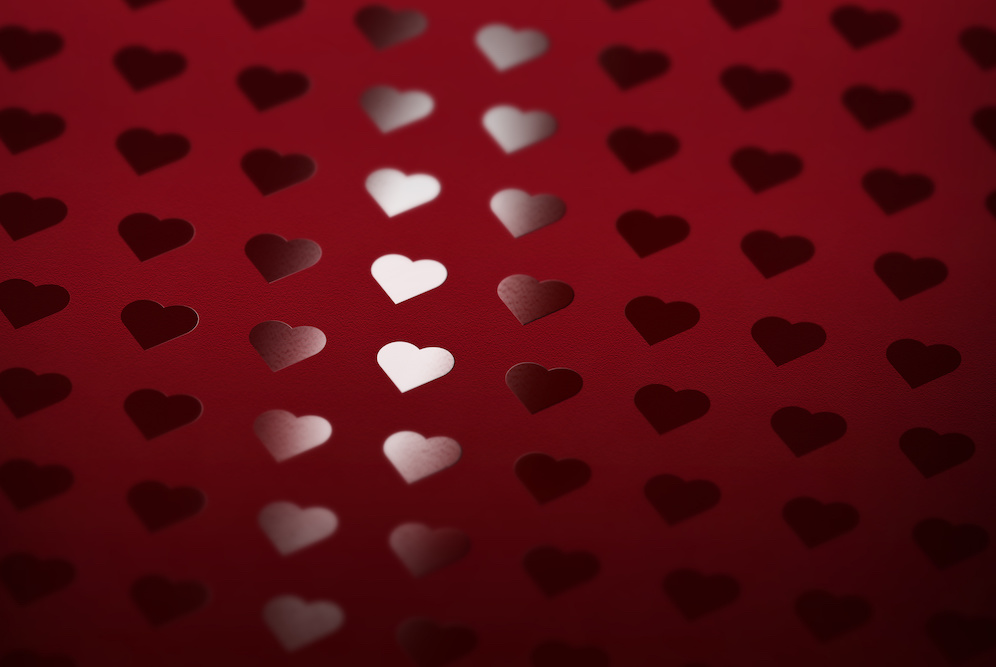Different print finishing options can take your printed materials from good to great! Whether you’re creating business cards, brochures, flyers, or packaging, these finishing touches can elevate your designs. In this comprehensive guide, we’ll explore different print finishing options and their benefits.
1. Laminating – Laminating involves applying a thin layer of plastic to the surface of the printed material, providing durability and protection against wear and tear. It enhances the colors and provides a professional, glossy finish. Laminating is ideal for items that will be handled frequently, such as menus, ID cards, and product tags.
2. Spot UV Coating – Spot UV coating adds a high-gloss finish to specific areas of the printed piece, creating a striking contrast between matte and glossy textures. This technique is great for highlighting logos, images, or text, adding an element of sophistication and visual interest. It’s commonly used in business cards, postcards, and luxury packaging.
3. Embossing and Debossing – Embossing raises the selected design elements above the surface, creating a tactile, three-dimensional effect, while debossing presses them into the material for a sunken appearance. These techniques add a luxurious, tactile quality to the print and are often used on book covers, business stationery, and invitations.

4. Foil Stamping – Foil stamping uses a metallic or colored foil to apply a shiny, reflective finish to specific areas of the print. It adds a touch of elegance and luxury, making the design elements stand out. Foil stamping is popular for adding a premium touch to packaging, labels, and wedding invitations.
5. Die-Cutting – Die-cutting involves cutting the printed material into custom shapes or designs. This technique allows for extraordinary creativity and can transform standard print pieces into unique, eye-catching creations. Die-cutting is widely used for business cards, promotional materials, and invitations.
6. Perforation – Perforation creates a line of small, closely spaced holes, allowing a part of the printed material to be easily detached, such as a coupon or response card. It adds functionality to the design and enhances user interaction. Perforation is commonly utilized in event tickets, tear-off flyers, and direct mail pieces.
7. Folding and Binding – Folding and binding options, such as accordion folds, gate folds, saddle stitching, and perfect binding, determine the layout and presentation of printed materials like brochures, catalogs, and booklets. Choosing the right folding and binding techniques is essential for optimizing usability and visual impact.
Print finishing options open up a world of creative possibilities, allowing you to embellish the look and feel of your printed materials in unique ways. With the diverse range of finishing techniques available, you can elevate the visual appeal, durability, and tactile experience of your print projects. Whether you’re aiming for a sleek and professional aesthetic or a luxurious, high-end finish, the right print finishing option can make all the difference in leaving a lasting impression on your audience. Contact us to learn more!
About Modern Office Methods (MOM)
Modern Office Methods has helped businesses navigate their document challenges for over 60 years. They offer Production Print Solutions, Managed Print Services, Software Solutions and IT Services to help enhance their customers’ business processes while reducing expenses.
For the latest industry trends and technology insights visit MOM’s main Blog page.



Leave A Comment
You must be logged in to post a comment.